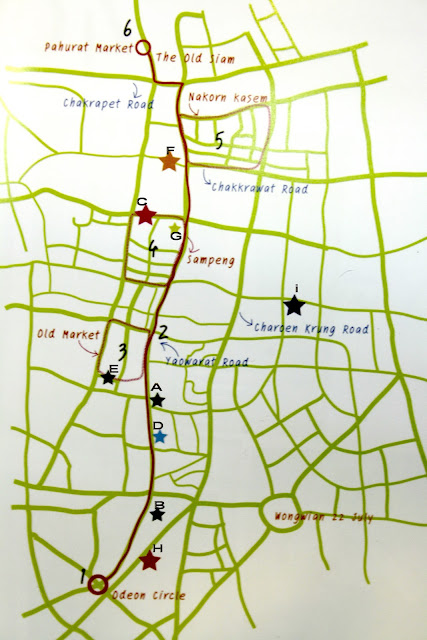The traditional Thai massage might have its root s in antiquity, but its appeal is irresistibly modern.
Traditional Asian treatments have been a source of wonder for many years, but since the popularity of the modern spa reached its peak several years ago, they have been widely sought after even in the west. Few would argue that Thailand is leading the way when it comes to the massage however - possibly something to do with the influence of Bangkok's long-established Wat Po.
As well as being one of Thailand's most famous Buddhist temples, Wat Po (the Tample of the Reclining Buddha) in Phra Nakhon was also the country's first official Open University. Following extensive renovations during the Rama 1 era, Thais in the late 18th century would go there to learn all manner of skills, ranging from Thai herbs and Muay Thai, to local cooking, healing and massage. There was nothing formal about the instruction, and students coming away with any of the skills would not have been given an official certificate. In time, schools specialising in a single skill were set up, leaving only massage, herbal and traditional exercise programmes at Wat Po.
Even the remaining courses at Wat Po were eventually moved away from the temple too, for practical reasons not commercial ones. The demand for training at Wat Po had skyrocketed along with the interest in spas and their treatments.
Ten years ago , any remaining courses in the templebased Wat Po Thai Traditional Medical and Massage School (officially opened in 1955) were moved to the 'new' building - minutes from the famous temple. Down a street ancient enough to be used as a backdrop to a late 18th century film, the school's 'new' location is at the end of a small street lined on both sides with century-old Chinese shophouses. As if to prove it, a tiny ancient Toaist temple of not more than 10 squaremetres sits at the end, with lanterns so plentiful and large that almost all the daylight is blocked out.
The new building is unassuming, almost basic and very very old - a surprise when you consider the establishment's global fame. At four storeys high, the school is entered via a still partly folded sliding door. There is no air conditioning here, with ceiling fans working hard to keep the open-walled interior cool. Uniformed clerks sit at a number of iron desks, with a row of plastic chairs for waiting on. The only source of colour comes from the corner on the right, a shop selling Thai spa products.
Though old and basic, the school has been well-planned. The reception is on the ground floor, with what calls 'services' given on the first floor. On the day, there were at least 30 clients receiving treatments, on mattresses laid out in rows on the floor. Up another floor, there are the classrooms - one for courses in Thai, the other in English, and right at the top, another large 'treatment room' (for teaching) and offices for the managers and accounts.
Contrary to popular belief, Thai massage has a lot more going for it than the general feel-good spa treatment, and has been used as an effective cure for 'diseases' as wide ranging as tired eye muscles, to helping people regain the use of their limbs.
| Rue-Si Datton |
Graduating students from the school not only feed Thailand's large number of spas, but also provide healing hands in the home environment. Some just want to be able to sooth the tired muscles of the elderly and loved ones arriving home weary after a 10-hour day at the office. For those who become therapists in a spa, however, massage becomes a good way to earn an income.
Information:
Wat Po Thai Traditional Medical School
Maharat Road. Close to the river (about a half mile south of the Grand Palace)
Old City (Rattanakosin), Bangkok
Open daily: 8.00am - 5.00pm (massage available until 6.00pm)
Tel: +66(0) 2222 0933
http://www.watpomassage.com/
http://www.watpho.com/
